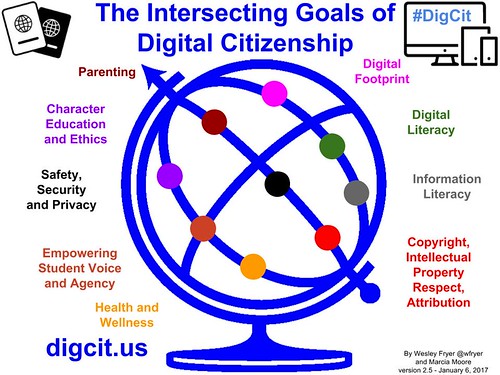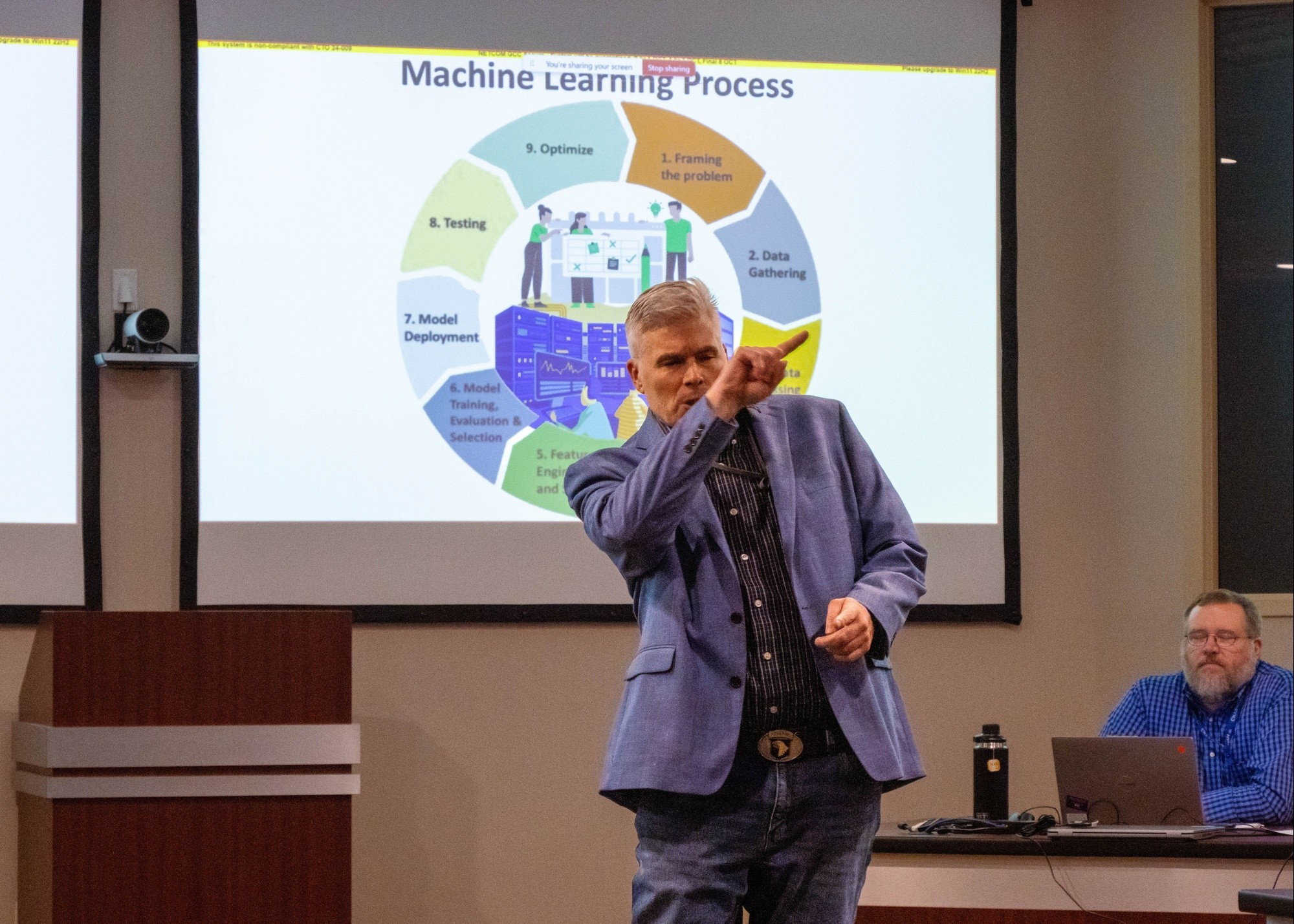
Voice technology is changing how leaders work, and it's not just a passing trend. By 2025, over half of all households might have a smart speaker. This shows how quickly voice tech is catching on and how it could change leadership communication and decision-making. It helps streamline operations and boosts team collaboration. But it's not without its challenges. We'll look at how leaders are using this tech, the hurdles they face, and what the future might hold. Whether you're already leading or just starting out, knowing how voice technology affects leadership is key. Let's explore how it can help you lead more efficiently and insightfully.
Summary: Dieser Artikel beschreibt den Aufstieg der Sprachtechnologie in der Führung und deren praktische Anwendungen, Herausforderungen und Lösungen. Er gibt auch einen Ausblick auf die zukünftige Rolle der Sprachtechnologie in der Führung und beantwortet häufig gestellte Fragen zu diesem Thema.
The Rise of Voice Technology in Leadership
Voice Technology's Impact on Leadership
Voice technology is revolutionizing how leaders communicate, make decisions, and enhance productivity. By 2025, voice AI agents are expected to handle complex tasks such as dynamic FAQs and order processing, transforming customer service and sales support. This shift underscores its growing importance in business leadership and everyday operations, as highlighted in the Deepgram report on voice AI.

The voice tech market, driven by advancements in natural language processing (NLP), is projected to reach $53.67 billion by 2030, with an annual growth rate of 14.6%. This expansion emphasizes its increasing strategic value in leadership decisions, as detailed in the PGLS report on global communication trends.
Industry Leaders: Google and Microsoft
Google and Microsoft are at the forefront of developing voice recognition software that facilitates real-time transcription and translation. This technology is essential for business meetings, customer interactions, and improving accessibility, making it indispensable for global communication strategies.
Conversational AI in Leadership Transformation
Conversational AI, including voice tech, is now integral to industries such as retail, healthcare, finance, and HR. It enhances personalization, compliance, and efficiency, underscoring its crucial role in leadership-driven digital transformation. For example:
- Retail: Companies might use voice AI for personalized shopping experiences and proactive alerts.
- Healthcare: Providers leverage it for patient engagement and remote monitoring.
By 2025, IT leaders are increasingly focused on integrating AI technologies, including voice AI, to drive innovation and business growth. This marks a transition from traditional infrastructure management, as explained in the Exclaimer blog on IT leadership trends.

Leading Innovators in Voice Technology
Several key players are advancing voice technology in leadership roles.
Google and Microsoft in Voice Tech
Google and Microsoft are pioneers in advanced voice recognition and speech-to-text technologies, enabling real-time transcription and multilingual communication. Their tools make voice tech a critical component for leadership in global business settings.
Deepgram's Voice AI Solutions
Deepgram is notable for its development of voice AI agents, transitioning from traditional IVR systems to intelligent voice AI solutions for customer service and sales. They collaborate with Opus Research to explore industry trends and the increasing application of voice AI in businesses.
Master of Code's Conversational AI Innovations
In the realm of conversational AI, companies like Master of Code monitor trends in voice-based commerce, healthcare virtual assistants, and AI-powered financial coaching. This illustrates a diverse array of innovators leveraging voice tech to address various industry needs.
These key players continue to advance their technologies, making voice technology an indispensable tool in modern leadership. As these systems become more sophisticated, they promise to further transform how leaders operate, communicate, and make decisions.
Voice Technology Leadership: Practical Applications
Voice Technology for Enhanced Communication
Voice technology is revolutionizing leadership by transforming how leaders communicate and collaborate with their teams. A significant advancement is its capability to manage multilingual meetings with real-time translation, effectively dismantling language barriers. This innovation facilitates smoother global communication, enabling leaders to manage diverse teams more effectively.
Voice assistants like Google Assistant and Amazon Alexa are pivotal in this transformation, providing real-time updates and enabling natural conversations. This reduces redundancy and ensures seamless communication within organizations.
- Inclusive Communication: Leaders can engage with employees worldwide in various languages, enhancing inclusivity and cross-border collaboration.
- Hands-Free Efficiency: The hands-free nature of voice technology allows leaders to multitask while maintaining connectivity, improving efficiency and responsiveness—crucial in today's fast-paced environment.

For optimal integration of voice technology, it's essential to develop diverse support teams, establish clear objectives, and involve leaders from all sectors to ensure smooth adoption.
Automating Leadership Tasks with Voice Technology
AI voice assistants excel at automating routine tasks such as scheduling meetings, setting reminders, and managing calendars. This automation allows leaders to concentrate on strategic decisions, enhancing their productivity. With voice commands, leaders can control various business functions hands-free, reducing manual workload and boosting efficiency.
- Streamlined Workflows: By integrating with third-party apps, voice assistants can automate communication and enhance productivity across departments.
- Security Measures: Voice biometrics utilize unique vocal features to authenticate users, ensuring secure access to sensitive information.

Real-time voice AI tools facilitate rapid, natural conversations, enhancing efficiency in leadership tasks and decision-making. The growing prevalence of voice technology is evident, with 55% of households expected to own a smart speaker by 2022, highlighting its potential to enhance organizational productivity.
For example:
- A major food company reduced inspection times by 50% and increased production by 30% using speech AI.
- IBM's Turbonomic decreased infrastructure costs by 33% and data center refresh expenses by 75% through voice technology.
Voice Technology for Data-Driven Decisions
Voice technology provides leaders with swift access to real-time data through voice queries, expediting informed decision-making. Voice assistants retain past interactions and offer personalized insights, furnishing leaders with tailored information.
- Data Integration: By merging voice AI with analytics, leaders can analyze data trends and receive verbal summaries or alerts, aiding proactive management.
- Accurate Transcriptions: Voice-enabled assistants can transcribe meetings accurately, providing leaders with detailed records for review, ensuring comprehensive information for better decisions.
Voice AI tools empower leaders at all levels to leverage advanced communication and data analysis, leveling the playing field between small and large companies.
For instance, Deepgram's Nova-3 speech-to-text model offers exceptional accuracy and multilingual support, enhancing enterprise voice AI in noisy and specialized settings. This is particularly beneficial for leaders needing swift and precise data analysis, regardless of conditions.
Beyond data analysis, voice technology enhances decision-making by improving information retrieval. Leaders can employ voice commands to search across databases, ensuring access to the most relevant information—crucial in fast-paced environments where timely information is key for strategic decisions.
In summary, voice technology provides practical solutions to enhance communication, automate tasks, and support decision-making in leadership. By leveraging voice assistants and AI tools, leaders can boost efficiency, foster collaboration, and make informed decisions to advance their organizations.
Challenges and Solutions in Voice Technology Leadership
Key Obstacles in Voice Technology Leadership
Integrating voice technology into our daily lives and workplaces isn't always straightforward. Here are some common challenges:
- Emotional Recognition: Many voice systems struggle to detect emotional cues like sarcasm or humor, which can reduce their effectiveness.
- Internet Dependency: These systems often require a stable internet connection due to their cloud-based nature. This can be problematic in areas with unreliable internet or for users on the move.
- User Acceptance: Convincing people to adopt voice technology can be difficult. Concerns include the accuracy of voice recognition and privacy issues, as voice recordings are biometric data. Users demand clear privacy policies and robust security measures.
- Workplace Integration: In businesses, change can be challenging. Employees may fear job loss or struggle to understand the technology, hindering adoption.
- Technical Limitations: Voice technology must accommodate various accents and pronunciations, which can be complex and frustrating for non-native speakers if misinterpretations occur.

Effective Strategies for Voice Technology Integration
To successfully integrate voice technology, a strategic approach is essential:
- Training and Education: Offering training can alleviate employee fears and increase comfort with the technology.
- Transparency and Control: Being transparent about data collection and allowing users to control their data can address privacy concerns. For instance, Google Home enables users to manage their data collection, fostering trust.
- Accent and Pronunciation Improvement: Enhancing the system's ability to handle diverse accents can improve accuracy and user satisfaction.
- Seamless Integration: Thoughtfully integrating voice technology with existing systems and considering workflow impacts can facilitate smoother adoption.
- User Empowerment: Providing options for data sharing and privacy management can further build user trust.

In specific sectors like healthcare, maintaining accuracy and reliability while adhering to privacy regulations is vital. Effective change management, early clinician involvement, and cross-functional collaboration are key steps. Developing APIs and middleware can ease the integration of voice technology into existing frameworks.
Promoting the adoption of voice technology involves demonstrating its benefits. Demos, tutorials, and customer support can clarify user doubts and encourage usage. Marketing efforts should emphasize the convenience and efficiency of voice technology to make it appealing to both individuals and businesses.
Voice technology leaders can enhance communication and efficiency through these strategies. AI voice assistants can aid in scheduling, multilingual meetings, real-time updates, and global communication. Building diverse support teams, setting clear goals, and involving leaders from various departments are crucial. Regular training and communication help set expectations and build user confidence, facilitating smoother integration.
Source: BotPenguin
Source: Intelemark
Source: AIMultiple
Source: Seatongue
Source: Simbo.ai
The Future of Voice Technology in Leadership
Voice Technology Trends and Innovations in Leadership
Voice technology is transforming the way leaders operate, moving beyond traditional Interactive Voice Response (IVR) systems to more advanced voice AI agents. These agents are capable of handling complex tasks such as dynamic FAQs and order processing. This evolution enhances efficiency and equips leaders with tools to streamline operations. The market for speech recognition technologies is projected to reach $53.67 billion by 2030, with an annual growth rate of 14.6%. This underscores the increasing significance of voice tech in global business communication.
By 2025, it is anticipated that 80% of customer service interactions will be managed by AI chatbots, including voice agents. These systems strive to make interactions as natural as human conversations, significantly elevating the customer service experience. For instance, Domino's Pizza experienced a 25% increase in sales after implementing AI-powered voice agents for order processing.
Natural Language Processing (NLP) is also revolutionizing how leaders engage with technology. Advanced NLP capabilities enable voice assistants to comprehend context, sentiment, and intent, resulting in more natural interactions. This enhancement allows leaders to communicate more effectively with technology, improving both user experience and operational efficiency.
The integration of voice tech with AI and machine learning is unlocking new opportunities for leadership. AI-driven voice analytics, for example, can provide insights into team dynamics, employee morale, and customer satisfaction by analyzing voice patterns and tone. Google and Microsoft's advanced software exemplify this trend. Such insights are invaluable for making data-driven decisions and enhancing organizational performance.
Ethical and Inclusive Leadership with Voice Technology
The proliferation of voice AI raises significant ethical considerations. Leaders must ensure that voice technology aligns with ethical standards, emphasizing privacy and mitigating bias. This involves implementing robust data protection measures, maintaining transparency about AI usage, and obtaining consent for data collection. Ethical leadership in AI also entails addressing employee concerns about job security and surveillance, fostering trust and collaboration.
Voice AI can enhance inclusivity by offering real-time language support, thereby overcoming language barriers in international contexts. This is crucial for leaders aiming to cultivate an inclusive workplace culture. Additionally, ethical and inclusive leadership requires transparency regarding AI deployment and involving diverse teams in the development of voice AI to ensure a broad spectrum of perspectives and experiences.
Adopting ethical and inclusive practices in voice technology not only enhances organizational culture but also bolsters leadership credibility. By addressing these challenges, leaders can fully harness the potential of voice AI while upholding principles of fairness, transparency, and inclusivity.
FAQs on Voice Technology in Leadership
Enhancing Leadership Communication with Voice Technology
Voice technology is revolutionizing how leaders communicate, making interactions smoother and more intuitive. This advancement boosts both efficiency and effectiveness in several ways:
-
Multilingual Meetings: Leaders can effortlessly host multilingual meetings, simplifying communication with global teams. Real-time translation breaks down language barriers, allowing diverse teams to interact naturally.

-
Routine Task Automation: Advanced voice assistants handle routine tasks like scheduling meetings and sending reminders. This frees leaders to focus on strategic decisions, with real-time updates keeping them informed and ready for quick decision-making.
-
Advanced Features: Voice assistants come equipped with contextual awareness, multi-language support, and integration with other services. Personalization and voice biometrics enhance communication efficiency and security, making interactions more engaging and personal.
For instance, a CEO might use an AI voice assistant to automate tasks, allowing more time for strategic planning. This personalization can strengthen relationships and boost team morale. Furthermore, voice technology supports remote work by enabling hands-free, natural interaction. Leaders can manage meetings, provide feedback, and ensure secure communications through voice biometrics.
Challenges Leaders Face in Adopting Voice AI Technology
Adopting voice AI technology presents several challenges:
-
Resistance to Change: There's often organizational resistance to change. Leaders need to form diverse support teams to ease the adoption process and address concerns. Setting clear, realistic goals and involving leaders from all departments ensures smooth integration and buy-in.

-
Learning Curve: New users or those dealing with advanced devices face a learning curve. Providing training resources and clear instructions can improve user experience and adoption.
-
System Compatibility: Ensuring compatibility with existing systems and assessing telephony needs can be tricky. For instance, platforms like Salesforce Service Cloud Voice require specific integrations, which can be challenging.
Integrating voice technology into existing workflows can be daunting due to established processes and systems that might not mesh well with new solutions. Leaders need to invest time and resources in training and change management. This includes teaching employees how to use voice technology effectively and addressing resistance. Creating a cross-departmental team to manage the rollout helps tackle resistance and technical challenges head-on.
Transforming Team Management with Amazon Alexa
Amazon Alexa is transforming team management by combining telephony and voice AI capabilities:
-
Task Automation: Leaders use Alexa to automate routine tasks like setting reminders, managing calendars, and tracking team performance, boosting productivity and allowing more time for strategic planning and team development.
-
Real-Time Voice Commands: Alexa supports real-time voice commands for scheduling, reminders, and equipment control, enabling hands-free task management.
-
Multi-Language Support: Its multi-language support and contextual awareness enhance communication with diverse, global teams.
-
Integration with Services: Alexa's integration with services like Amazon Connect ensures seamless telephony and interaction management within unified platforms, offering leaders a complete view of their team's activities for better decision-making.
Alexa's voice interface promotes accessibility and inclusivity within teams. Leaders can conduct voice-based meetings, ensuring all team members, regardless of location or ability, can participate. This is especially useful in remote work settings where maintaining team cohesion and communication is crucial. Moreover, Alexa's ability to provide real-time feedback and insights is changing performance management. Leaders can gather feedback, analyze sentiment, and identify areas for improvement, fostering a culture of continuous improvement.
In conclusion, voice technology is a powerful tool for enhancing leadership communication and team management. Despite challenges, the potential benefits of increased efficiency, personalization, and inclusivity make it worth considering for forward-thinking leaders. By 2024, the voice recognition market is expected to hit $27.16 billion, highlighting the rapid adoption of voice technology in leadership and business. By 2022, 55% of households were expected to have a smart speaker, underscoring its role in daily life and leadership workflows.
For more insights on Voice technology in leadership, explore how AI voice assistants guide teams, requiring an understanding of natural language processing, machine learning, and AI voice synthesis. This includes articulating strategic vision, adapting communication styles, and using voice AI to enhance productivity, customer service, and internal communication.